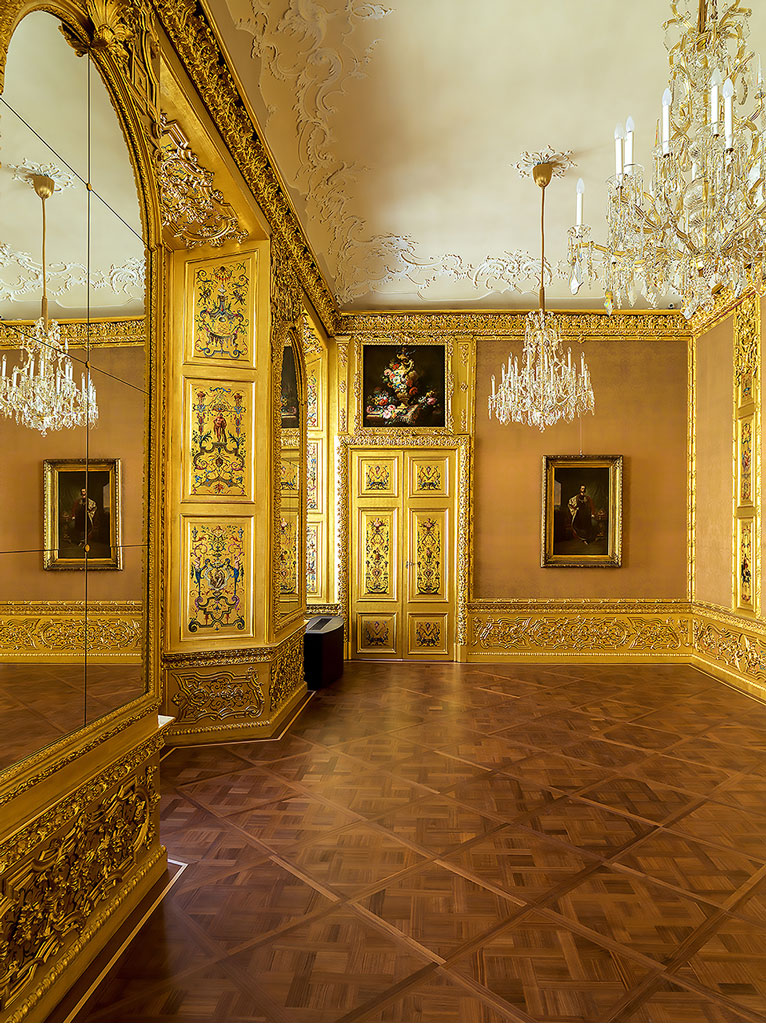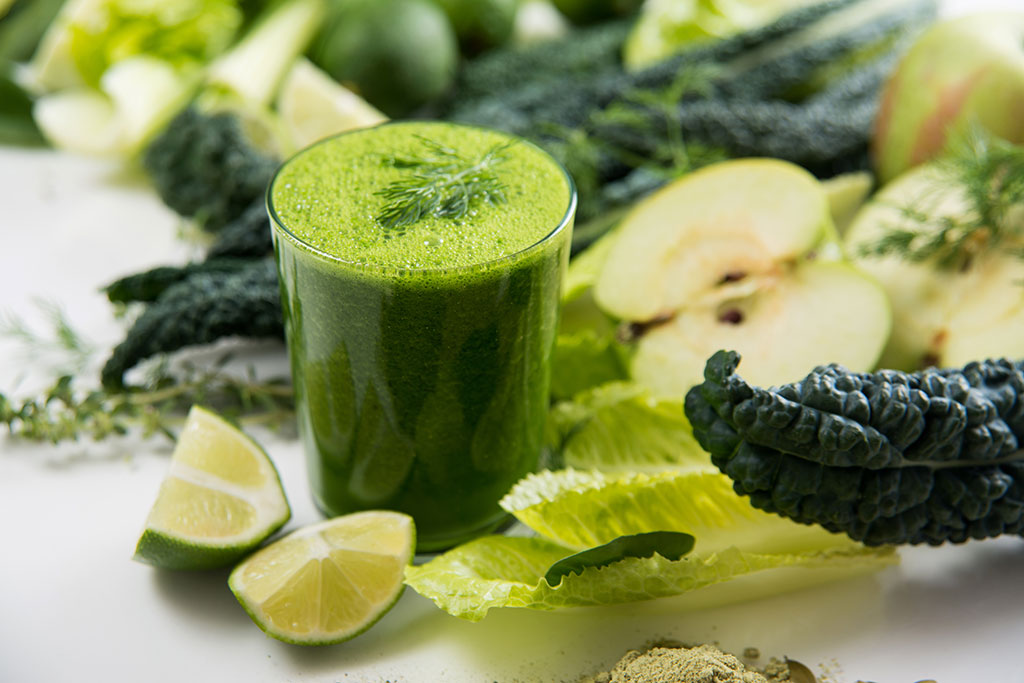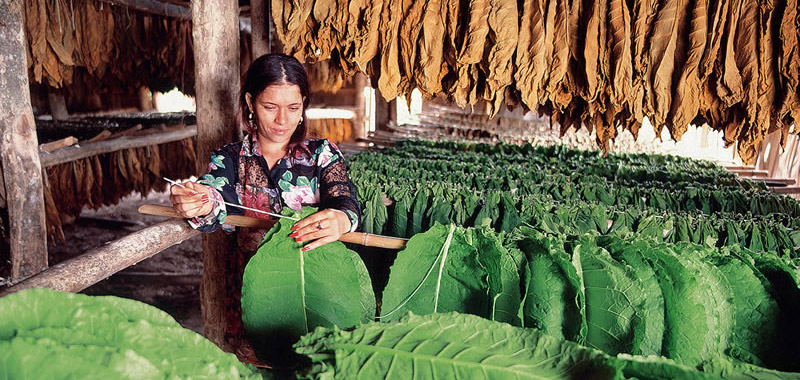
A winter’s Tale
January 24, 2014
Detox to Retox
February 16, 2014The Dominican Republic is by Neil Geraghty located on the eastern side of the island of Hispaniola, the second-largest island (after Cuba) in the Antilles. It is here that Latin American got its start – and where some of the most wellknown features of that vast, diverse culture are found in abundance: riotous colour, sensory delights of all kinds, and – most of all – a life lived in music.
It’s 10 p.m. on a Thursday night and a car wash off Santo Domingo’s glitzy seafront boulevard is getting busy. A cool breeze wafts in from the Caribbean and dissipates the last remnants of the sultry afternoon heat. In a ramshackle outdoor bar waitresses in lime-green hot pants rove about carrying trays of ice-cold Presidente beers. A live band strikes up a lilting merengue rhythm and a cool dude in shades and a baseball cap leads his girlfriend onto the dance floor. Although she’s wearing skintight Capri pants and tottering heels, her hips are soon gyrating in perfect synchronicity with his. Car washes are the poor man’s nightclubs in the Dominican Republic where everyone can enjoy good music and a cheap beer. Music is the life blood of Dominicans and whether you’re in a village liquour store or a roadside chicharrón (pork scratchings) shack, the vibrant refrains of merengue and bachata are never far away and become the seductive soundtrack to this happy and welcoming country.

Drying tobacco
Santo Domingo is the birthplace of Latin American culture. It was here in 1496 that Christopher Columbus’ brother, Bartolomé, established the first European city in the Americas. Today, Santo Domingo’s beautiful Zona Colonial, a UN World Heritage Site, is a wonderful place to slip into the laidback pace of Dominican life. Grab a seat under the shady Caribbean almond trees outside Café Colón on Colón Square, order a frozen mango juice and sit back to watch the colourful street life. Forget Italians – Dominicans are the bee’s knees at vespa riding. It’s not uncommon to see whole families perched precariously on scooters with mums busily arranging their hair at the back and toddlers standing proudly in front of dad with their hands gripping the handlebars. Colonial Santo Domingo is the school-day-out capital of the Dominican Republic and the hundreds of well-behaved children in their crisply- ironed chinos and immaculately pleated checked skirts could easily take first prize for the smartest school children on the planet. Wandering around the whitewashed lanes of the Zona Colonial is a delight.
Bougainvillea tumbles over crumbling walls, graceful church towers flutter with pretty red, white and blue national flags and Dominican dogs resembling giant chihuahuas with pointed ears slumber on shady verandas. It’s a city of firsts, boasting the first hospital, cathedral, monastery and university in the Americas. The colonial attractions offer a welcome respite from the searing afternoon heat. Don’t miss the Alcázar de Colón built by Diego Columbus, Christopher’s son, in 1511. The cool airy rooms of this elegant stone palace are packed with an Aladdin’s cave of fascinating colonial treasures. At nightfall the pavements outside local grocery stores become makeshift bars where, after work, domino enthusiasts come to pit their skills against fellow aficionados in intensely-fought battles. The graceful colonial mansions lining the Zona Colonial’s streets are also home to some of the city’s most popular restaurants. Meson de Bari (Calle Hostos 302) is a great place to get acquainted with the simple, bursting flavours of Dominican cuisine.
Don’t miss the light fluffy empanadas that resemble miniature Cornish pasties. Fish, including the ubiquitous mero (grouper), is invariably good and comes plainly grilled or doused in a tomato, chilli and garlic Creole sauce. If you love prawns, look out for arroz con camarones, a flavourful paella, lightly spiced with soy sauce. Later in the evening, live music clubs spring to life along the romantic, floodlit streets. Café Teatro (Calle Arzobisco Merino 110) is one of the best and is an essential gig venue for up-and-coming Dominican musicians. A courtyard bar sparkling with bottles of Brugal rum does a brisk trade in cuba libres, while hip students lounge under the stars swaying to the hottest new merengue beats.
The Dominican Republic boasts the largest all-inclusive resort industry in the world and it can be hard work tearing yourself away from the sublime, palm-fringed beaches. However, the country is also home to the most diverse scenery in the Caribbean. Just half an hour from Santo Domingo’s sprawling suburbs, the lavender- blue peaks of the Cordillera Central appear on the horizon. Nicknamed the Dominican Alps, you occasionally see dustings of snow on the 3175 metre summit of Pico Duarte. The pace of life in the lush plains surrounding the mountains is wonderfully languid. You’ll always see rocking chairs on verandas of the brightly painted, corrugated iron houses and in late afternoon, when the schools pack up, village greens echo to the thud of sleepy baseball games.
The main motorway heading north west across the island takes you to Santiago, the Dominican Republic’s lively second city. Miguelina’s bakery (Autopista Duarte Km 91, Bonao), halfway along the motorway, is legendary and always has long queues of loyal customers, stocking up on their delicious cakes. There’s a shady cafe next to the shop where, by a refreshing fountain, you can enjoy a morir soñando, a heavenly smoothie made of fresh orange juice, evaporated milk and crushed ice. It goes well with jalao, a sticky banana-and-coconut cake which is moreish beyond belief. Santiago’s wealth grew out of the surrounding tobacco plantations and at the Centro Leon cultural centre you can visit a traditionally- run factory belonging to the renowned Aurora cigar company. Here, nimble-fingered workers handcraft 150 cigars a day, using seven-year old tobacco leaves. The air is filled with the bittersweet aroma of the leaves. How the workers avoid slicing their fingertips off using the see-saw curved cutting blades is a mystery.
The cocoa plantations near Santiago offer a similar aromatic experience. At Hacienda La Esmeralda you’re greeted by a heady sweet chocolate aroma drifting on the breeze. This immaculately manicured organic plantation offers a full hands-on chocolate experience. Under cool, shady cocoa trees you can sample seeds straight from the pod. The pith has a refreshing, lemony-peach flavour. The villages surrounding the plantation are famous for their rickety, wooden Victorian houses and brightly coloured murals of flowers, birds and butterflies that give an almost 1960’s Carnaby St feel to the animated street life.
As the road winds up the mountains towards Jarabacoa, the weather cools off and the landscape takes on an almost Alpine quality, with slender pine trees dotting lush meadows. Relaxing mountain resorts, set in verdant gardens, line the swiftly- flowing river, where you can enjoy the thrills and spills of white-water rafting or a more leisurely trot by horseback, upstream to the Baiguate waterfall. Don’t forget your swimsuit as a beautiful, shallow, green pool spreads out beneath the cascading waterfall – the refreshing water feels sublime after jolting along the hot, dusty mountain tracks.
If you’re lucky enough to be in the region in February, you’ll witness one of the most unique carnivals in the Caribbean. La Vega’s is the most famous and each Sunday the streets are thronged with masked revellers dressed as glittering devils. The diablos cojuelos, as they are called, run amok through the streets and scare bystanders out of their wits by hitting them on the backside with hard balloons. There’s more than a touch of Halloween about the atmosphere, particularly if you run into some of the more sinister characters, such as the semi-naked demons covered in black oil, or zombies covered in powdery clay who threaten to hug you and ruin your clothes if you don’t give them a tip. Make sure you take plenty of small change! In amongst the mayhem, you’ll spot plenty of stunning carnival queens. The Dominican Republic has an illustrious history of beauty pageants. Whether they’re dressed up as devils or as Miss World, Dominicans are naturals in front of the camera and adore posing for tourists. At night the streets become giant outdoor parties and pulsate to the sounds of merengue, bachata and reggaeton. Whatever time of year you visit the Dominican Republic, it’s this wonderful music that will stay in your memories long after your trip to this vibrant country is over.
[info]
Fact Box
For more information on the Dominican Republic please visit www.godominicanrepublic.com
[/info]



